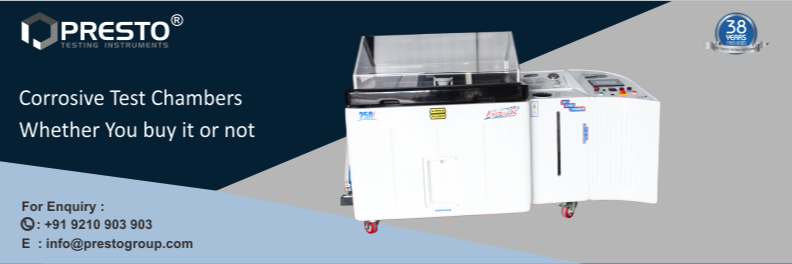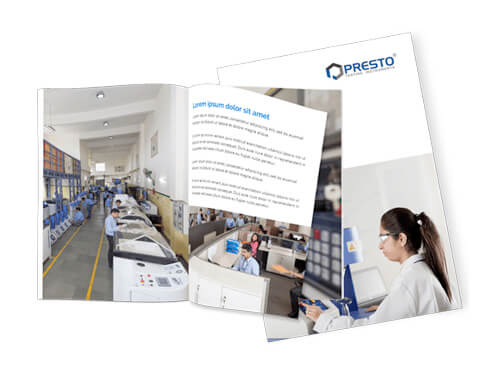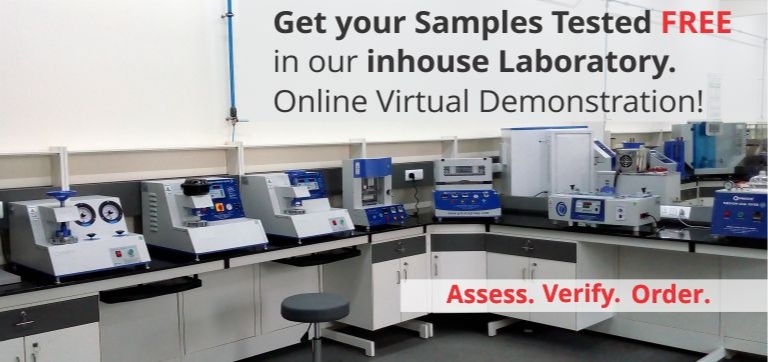Corrosion Test Chambers-Whether You Buy It or Not?

Every time you think about a metal, you have an associated image of rusted piece of metal. And, if you are a manufacturer making products using metal as a raw material, this associated picture of rusted metal should be an inspiration for you. This inspiration would compel you to work towards the betterment of your products. You must work towards a goal to make products that do not have pictures of rust with it. And, yes this is possible.
When I look at the faucet in the basin, I always wonder, how does it manage to survive despite having such a high TDS value. Well, the manufacturer has taken ample of precautions to make a sustainable faucet, at least for a couple of decades.
How Can I Test My Products for Corrosion?
You certainly need a corrosion test chamber or a salt spray chamber if you are serious about the testing of your product range. This testing is certainly not possible without any machine for two reasons;
1. It is difficult to simulate the conditions manually
2. The test is based on testing standards issued by ASTM
This chamber creates the accelerated weathering conditions as defined in the ASTM standards and is perfect for different industries like automotive, bath fittings, or any industry that deals with metal.
It’s chamber in which salt-laden fog is produced. The sample to be tested is kept in the chamber for certain hours. After that, with a visual inspection, the sample can be declared as pass or fail. Everything sounds so simple, and it actually is. The intricacy will be handled by the machine. The operator just has to set the duration of test run and place the sample.
The machine will take NaCl solution from the reservoir tank, the atomiser will create the fog using the NaCl solution and water. The atomiser is designed in such a way so that fog will reach uniformly to every corner of the chamber. The sample is supposed to be kept at 20° angles. For that matter, the chamber has slits at this angle to place the specimen.
There are some precautions associated with the test, read them below.
- Do not open the chamber when test is running, it will disturb the whole conditions maintained inside
- Always have a close check at the reservoir tank. Maintain the level of solution to avoid damage to the machine
- Always wait for air purging before opening the chamber, otherwise, fog will dissipate in the surrounding. This might lead to corrosion of metallic objects in the area.
For more information, contact our experts.
you may also like
- Safeguard Sensitive Products from Repetitive Movement by the Vibration Table
- Eliminate Excessive Moisture by Measuring It with the Moisture Meter
- Determine the Mechanical Properties of Plastic Materials with the UTM Machine
- How to Conduct Tensile Tests & Calibration on the Tensile Strength Tester?
- Evaluate Pressure Sustainability of Packets & Pouches with Vacuum Leak Tester
Recent News
- Paper & Packaging Testing Instruments
- Paint, Plating & Coating Testing Instruments
- Plastic & Polymer Testing Instruments
- Environmental Testing Chambers
- PET & Preform Testing Instruments
- Color Measuring Testing Instruments
- View Entire Range Instruments

Catalogue 2023
Get information about new product launches, research, innovation and endeavors at Presto.
download Free Copy
Quick quote

